
Cilantro is a beloved herb known to foodies thanks to its fresh, zesty flavor. However, if you’ve ever grown cilantro, you might have encountered the frustrating phenomenon of cilantro bolting. What causes cilantro bolting? More importantly, for gardeners who want to enjoy a prolonged harvest of cilantro, how to prevent cilantro from bolting so it can keep growing? You can find all the answers in this post.
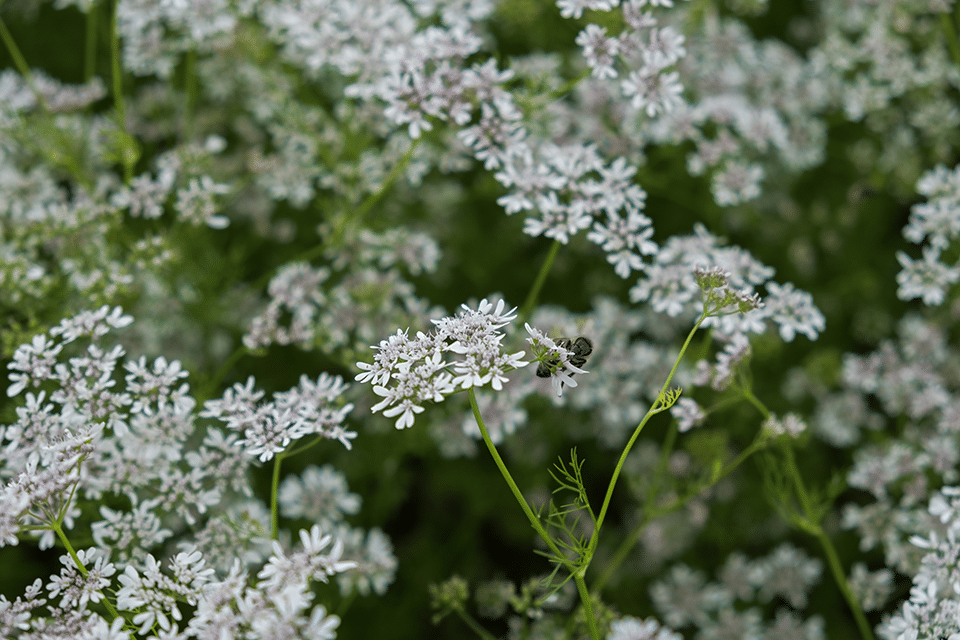
An Overview of Cilantro Bolting
Cilantro bolting refers to the process where the plant shifts from leaf production to flowering and seed production prematurely. That’s to say, the plant will not revert back to its pre-bolting state once starting to bolt. What’s worse, cilantro is very susceptible to bolting early, say, 3 or 4 weeks after it starts growing if the weather warms up.
One of the first signs of cilantro bolting is a change in the leaf appearance. Bolting cilantro develops thinner, more feathery leaves compared to its usual broad, flat leaves. Next is the emergence of a tall flower stalk from the center of the plant. This stalk is a definitive indication that bolting has begun, as the plant focuses on producing flowers.
Can you eat bolted cilantro? Yes! However, the leaves tend to be more bitter and tougher than usual. The flowers and seeds of bolted cilantro are also edible. Fun fact: While ‘cilantro’ typically refers to the fresh leaves and stems of the plant, ‘coriander’ is used for the dried seeds in culinary contexts, especially in American and European cooking.
What Causes Cilantro to Bolt
Cilantro bolting is primarily triggered by rising temperatures. When the weather warms up, especially when temperatures exceed 75°F (24°C), cilantro perceives it as a signal to start its reproductive phase. This is a survival mechanism for the plant, which senses the impending heat as a potential threat to its plant life cycle and, therefore, rushes to produce seeds. By producing seeds, it ensures the species has an opportunity to grow another crop.
9 Tips on How to Prevent Cilantro Bolting
Here’s the thing, it is impossible to entirely prevent bolting. After all, it’s the cilantro’s natural response to heat in this manner. However, there are strategies you can employ to delay bolting or to manage it to your benefit. Let’s check these tips:
Plant Cilantro in Cooler Seasons
Cilantro thrives in cooler weather and bolts in hot temperatures, making early spring and fall the best times to plant, as long as there’s no frost. If you can provide pleasant growing conditions such as growing cilantro indoors, winter is also an option.
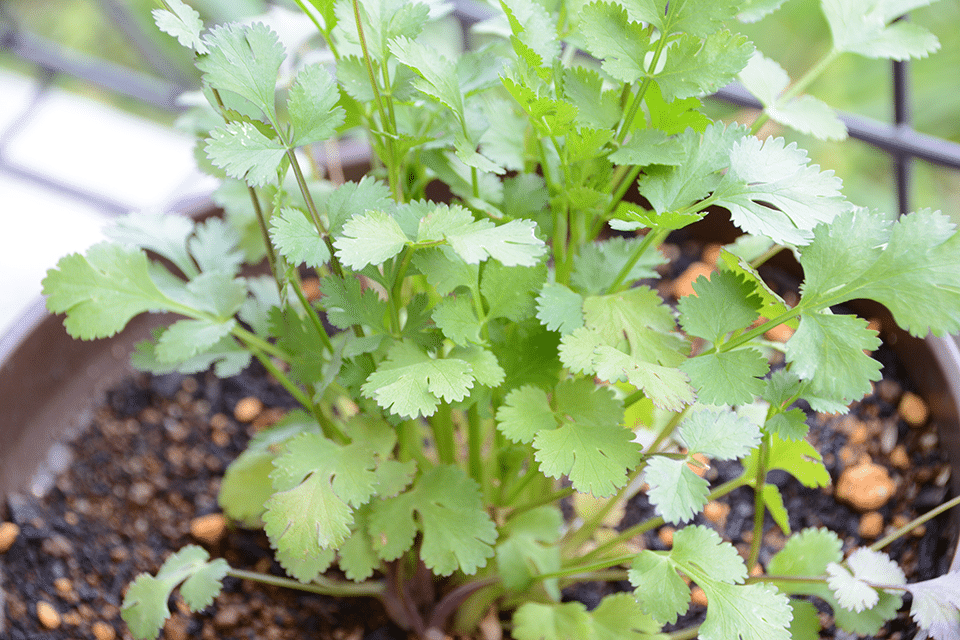
Keep It Cool
Whether growing cilantro in the garden or indoors, temperature control is crucial. Plant in early spring and fall when temperatures are lower. Indoors, keep the plants at around 70 degrees or lower to extend their lifespan.
Harvest or Prune Regularly
Regularly harvesting or pruning the leaves, about once a week helps manage bolting by removing immature flowers before they fully form. When cilantro plants reach approximately six inches in height, pinch back their tips. Doing so can slow down the bolting process and keep your cilantro productive for longer.
Water Regularly and Find Shade
Cilantro plants experiencing too much or too little water can become stressed, prompting them to bolt and produce seeds to ensure survival. To prevent this, in the hot summer months, keep your cilantro cool and moist. In other seasons, maintain even soil moisture whether the plants are in containers or the ground, but avoid waterlogging the roots.
Control the Sunlight
Cilantro only needs about six hours of bright sunlight. Avoid high-noon heat by selecting a growing spot with some afternoon shade. Or, move potted cilantro to shadier areas during the hottest part of the day. Indoors, use grow lights to control light exposure and prevent overheating.
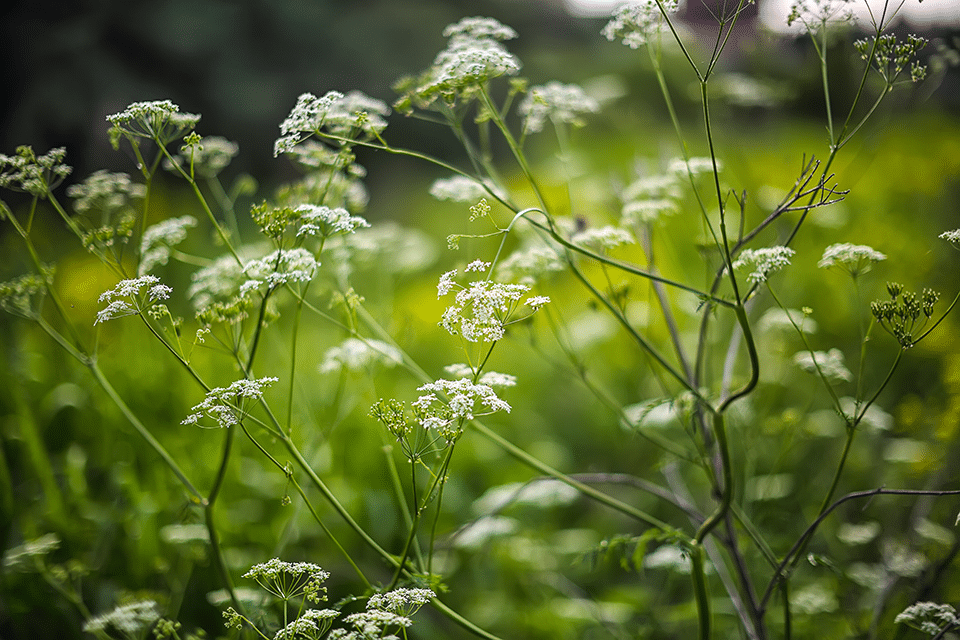
One trick to mitigate excessive sunlight is to plant large warm-season plants around your cilantro to provide shade and keep the soil cooler as temperatures rise. This interplanting with taller plants can help extend its life in the garden.
Look for Slow-Bolt Cilantro Varieties
You can also start from the very beginning. Choose slow-bolting cilantro varieties that are more tolerant of heat. Varieties like ‘Slow Bolt,’ ‘Calypso,’ and ‘Leisure’ are bred to resist bolting, allowing for a longer harvest period.
Use Mulch
High soil temperature contributes to cilantro bolting. Apply mulch around your cilantro plants to keep the soil cooler and retain moisture, thereby reducing the likelihood of bolting.
Sow Your Cilantro Directly From Seed
Whenever possible, start your cilantro directly from seeds sown in the garden. Cilantro, along with other plants in the carrot family (such as celery, parsley, dill, and carrots), doesn’t handle transplanting well. Direct sowing avoids stress and disruption, resulting in healthier plants that bolt more slowly than transplanted seedlings.
Succession Plant Cilantro
Last, this is not actually a solution but it ensures you have cilantro in good supply. Since each cilantro plant has a short season, practice succession planting. Plant new seeds every couple of weeks. This way, as one set of plants starts to bolt, another will be ready for harvest.
Bonus: Is Cilantro Bolting Really That Bad
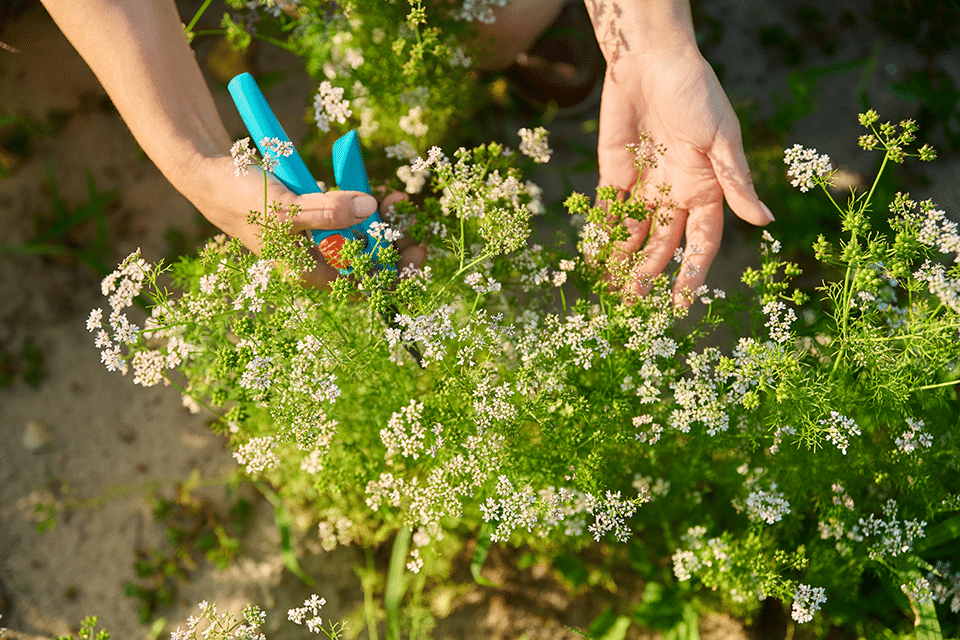
Let’s be optimistic. Cilantro bolting isn’t necessarily a bad thing, considering the plant offers other benefits. For example, the flowers can attract beneficial insects like pollinators and predators of garden pests. Moreover, the seeds produced after bolting are coriander, which is a valuable spice in many cuisines. By allowing some plants to bolt, you can enjoy a dual harvest: fresh cilantro leaves early on, followed by coriander seeds later.

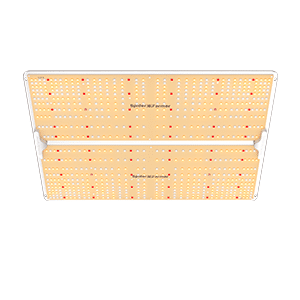
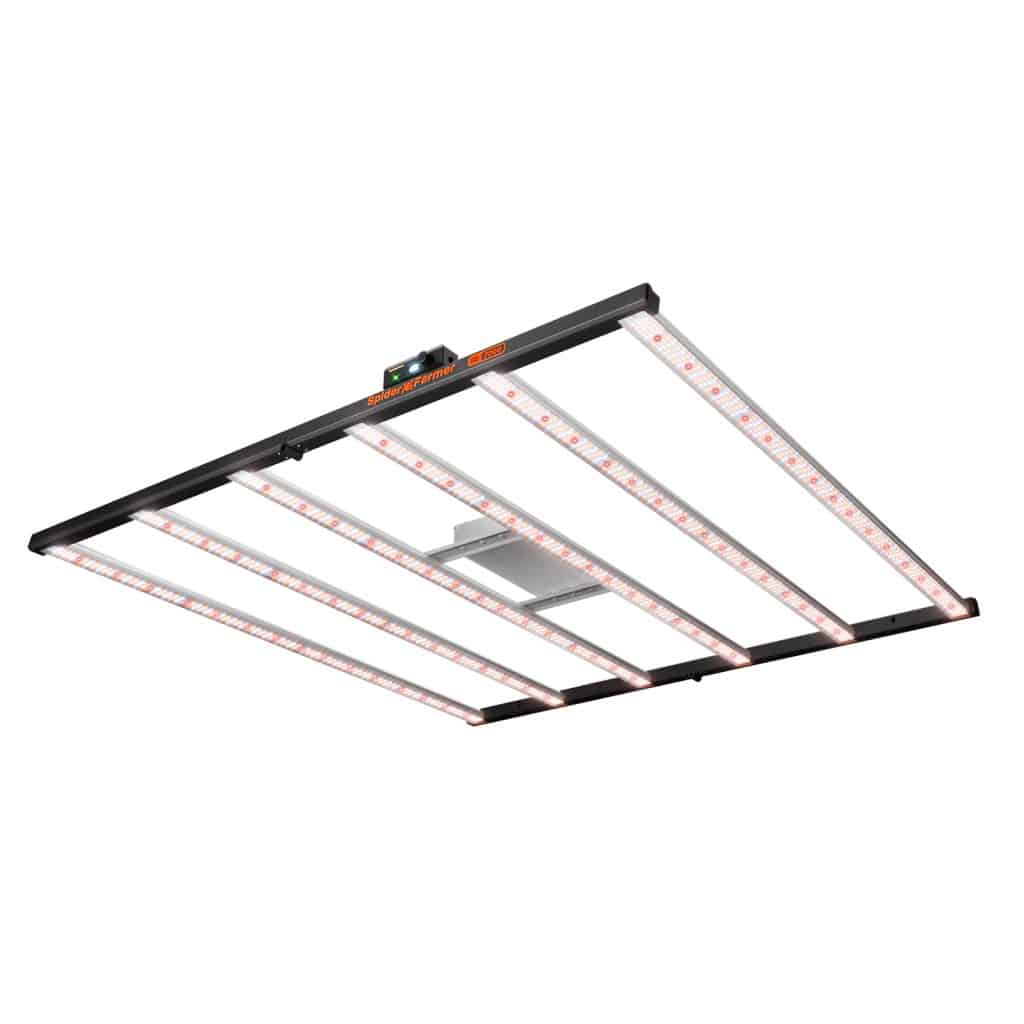
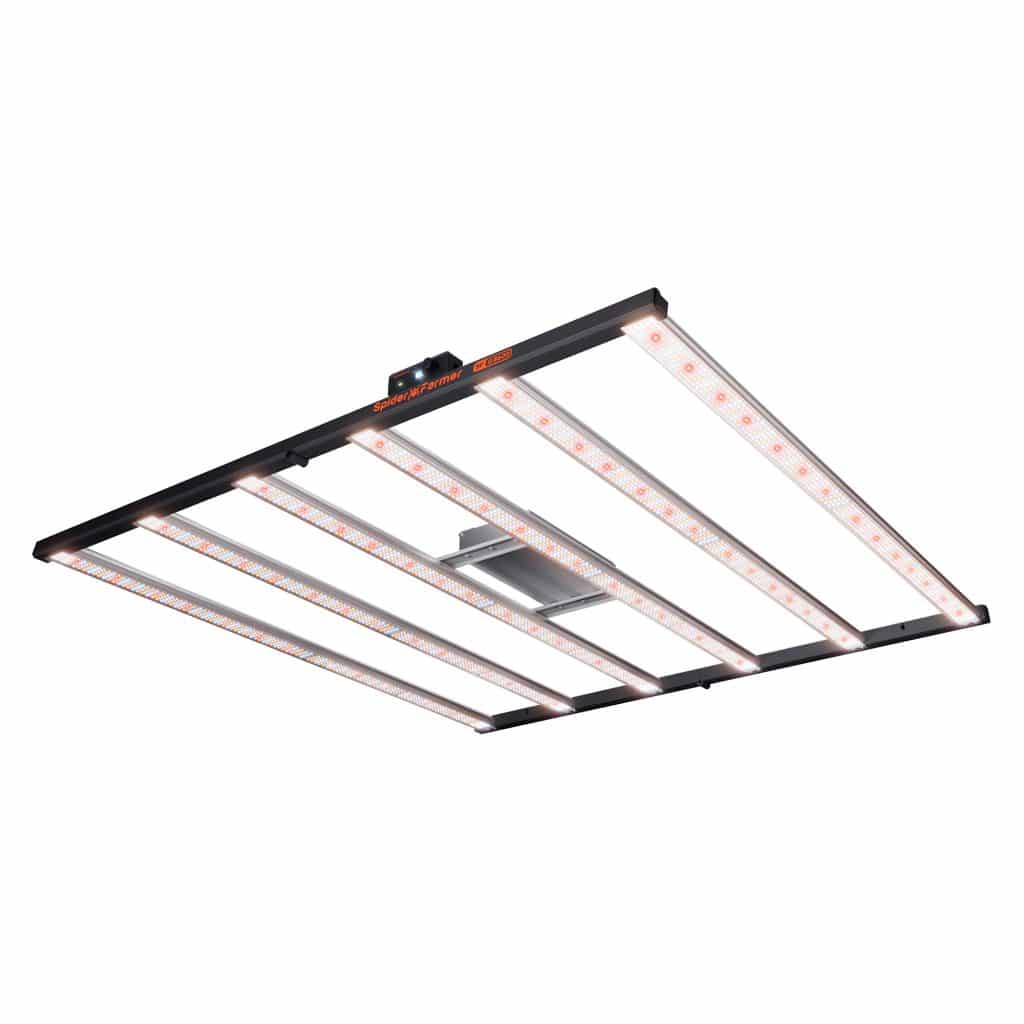

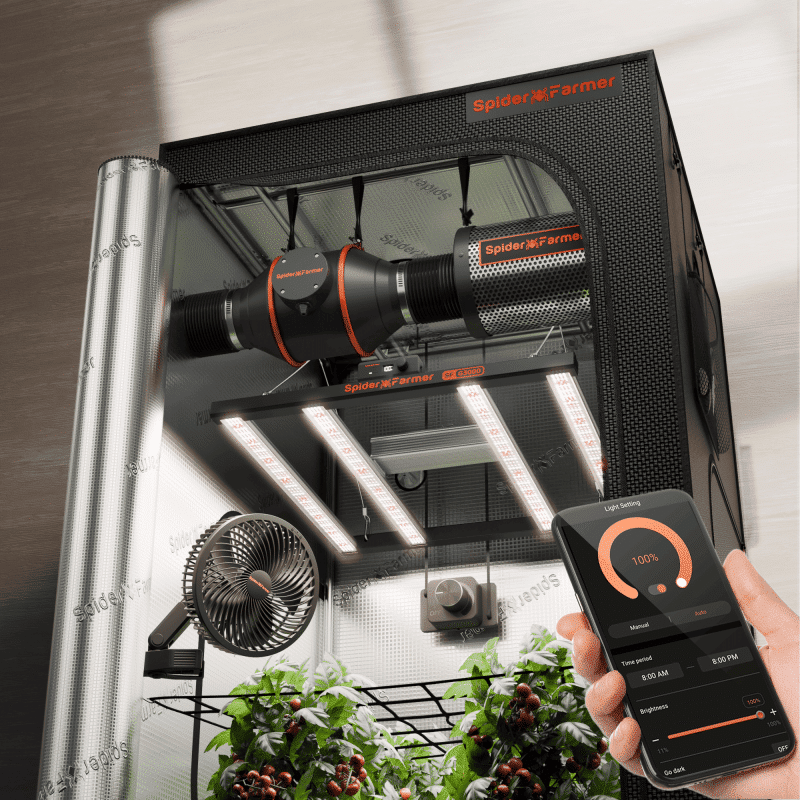

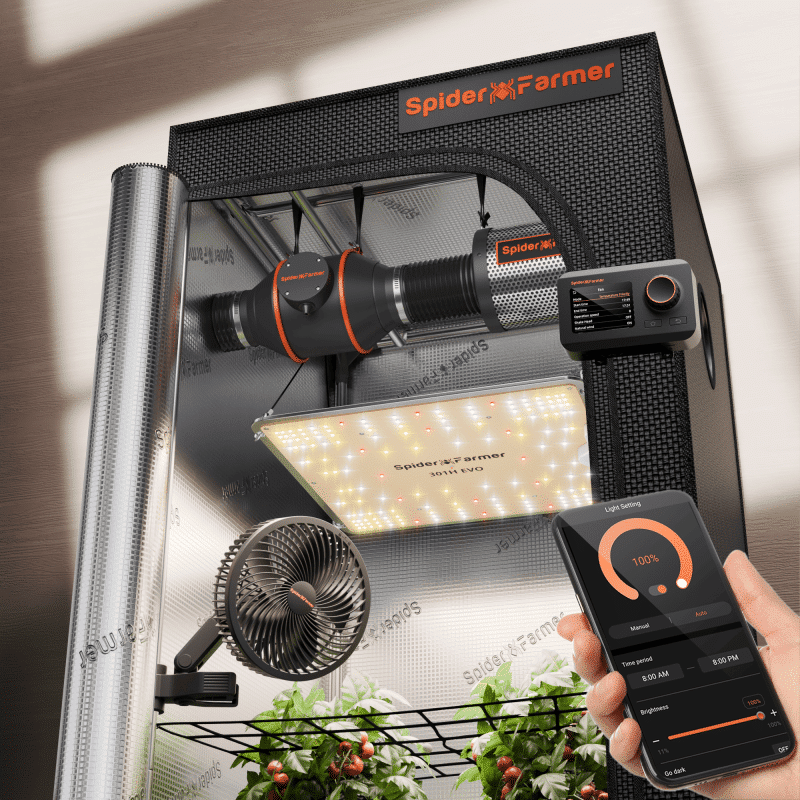
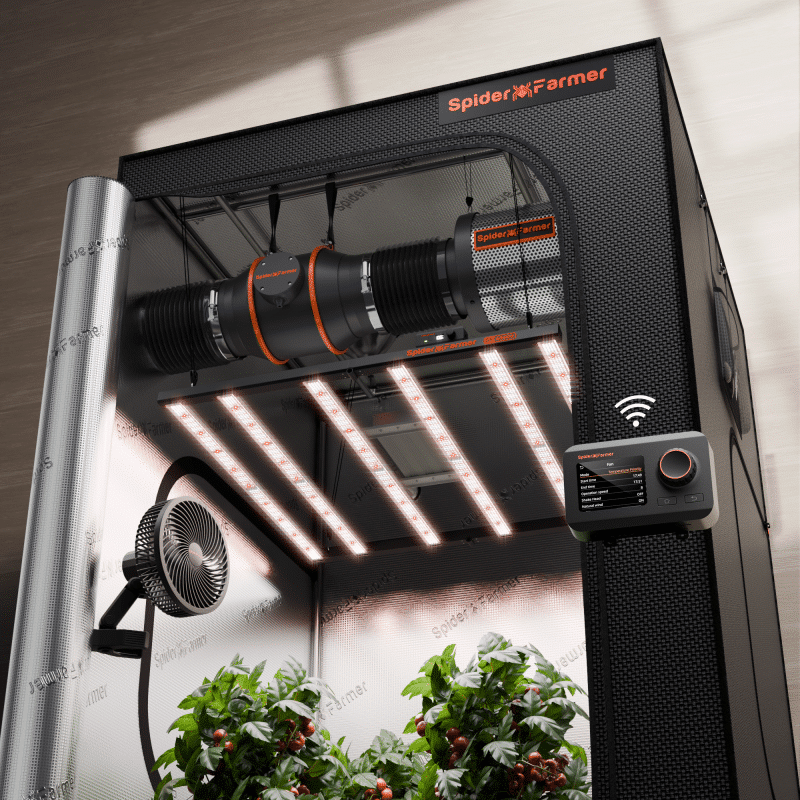


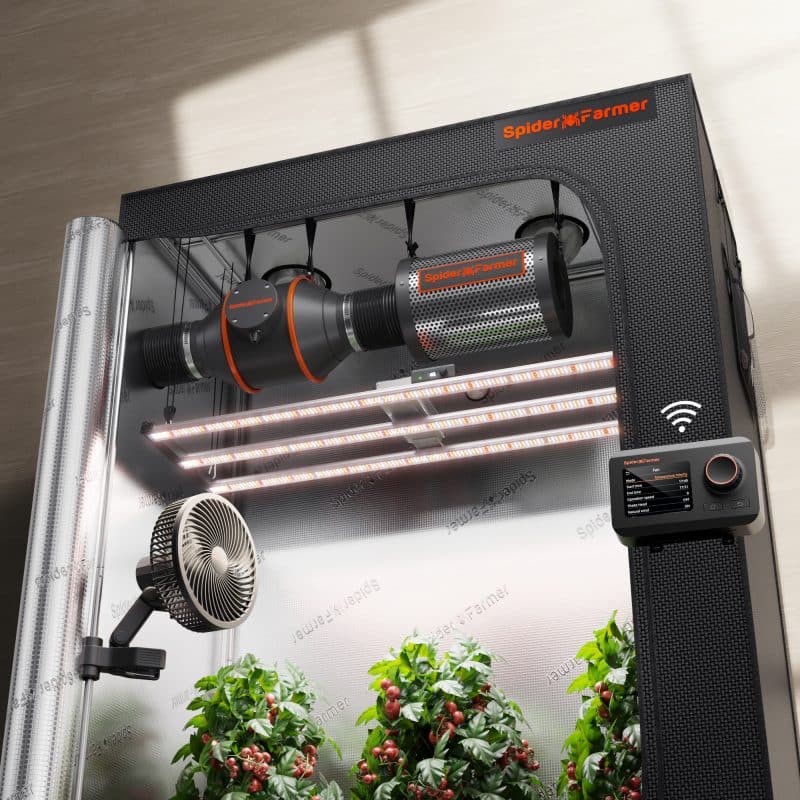
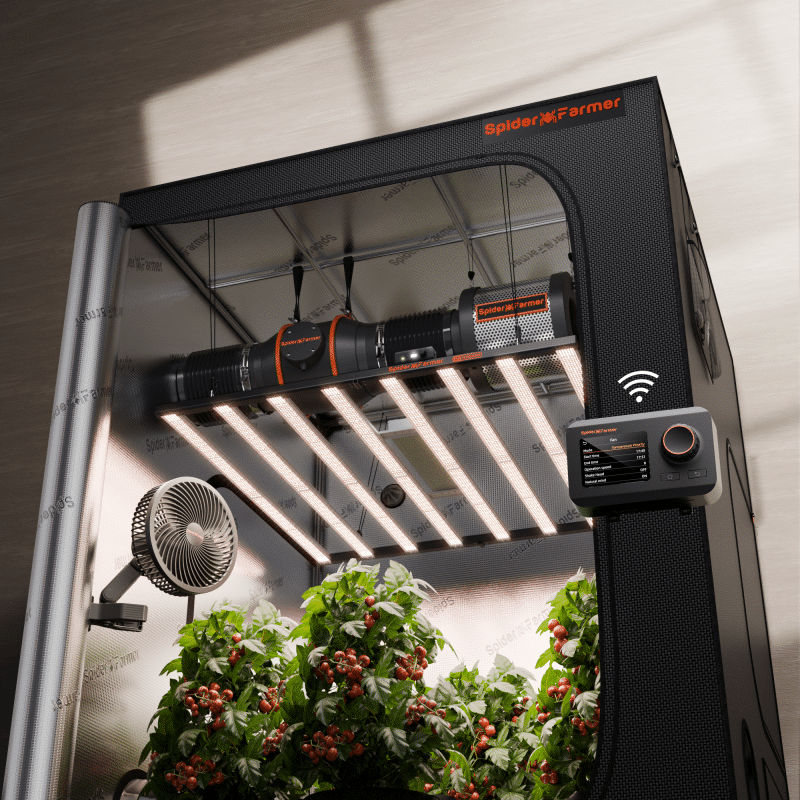


![[SALE] Spider Farmer Budget-Friendly Complete Grow Tent Kit | Remote Control, WiFi & Bluetooth App Control | G3000 300W LED Light | 90x90x180cm Tent | 4-inch Ventilation System | GGS Controller | Clip Fan | Automated Lighting, Ventilation, Circulation & Environmental Sensors](https://spiderfarmer.ca/wp-content/uploads/2023/08/ggs-controller-g3000-grow-tent-kits-800x800.png)


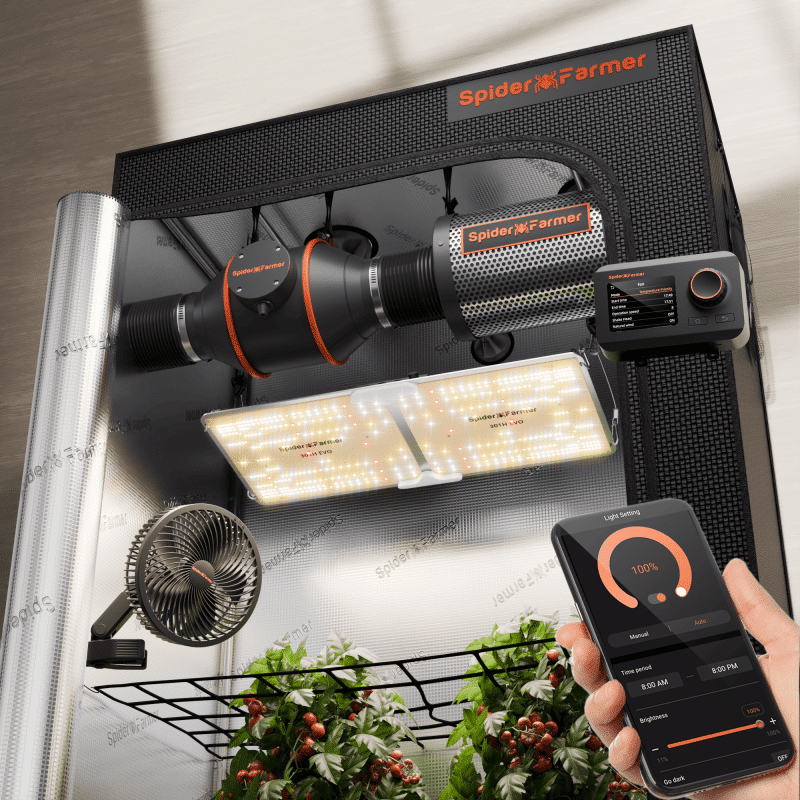




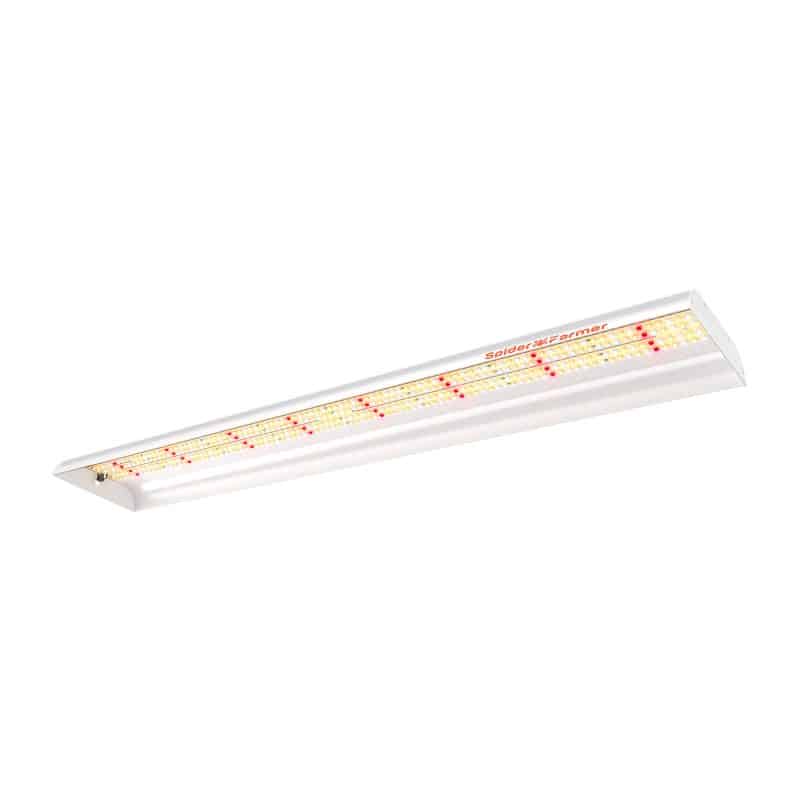

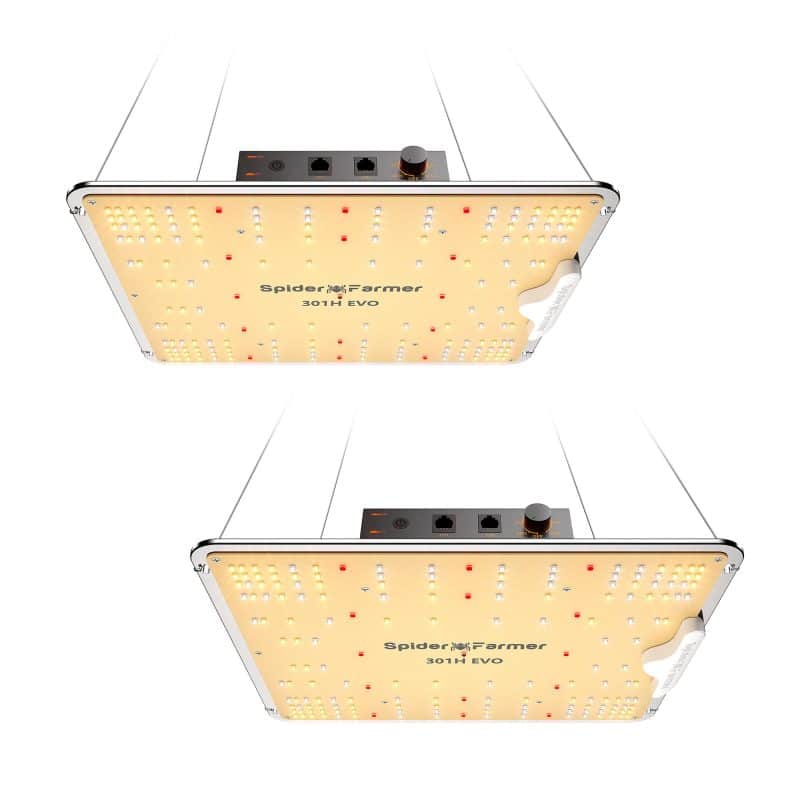


Leave a reply